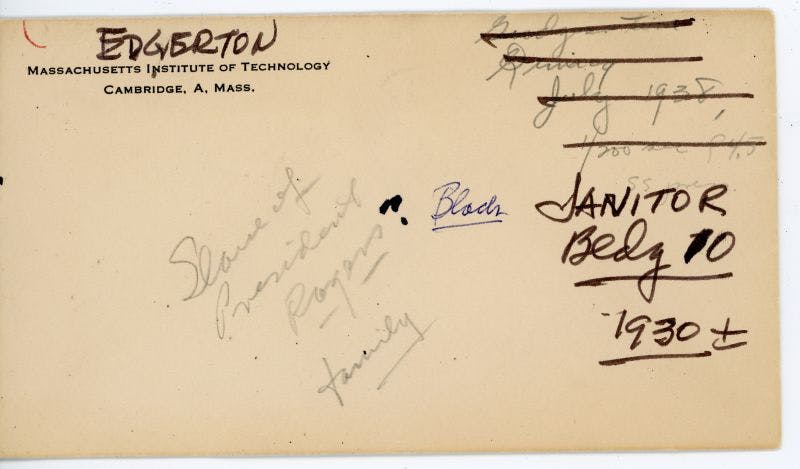
Janitor of Building 10
Maker - 1981.028.001
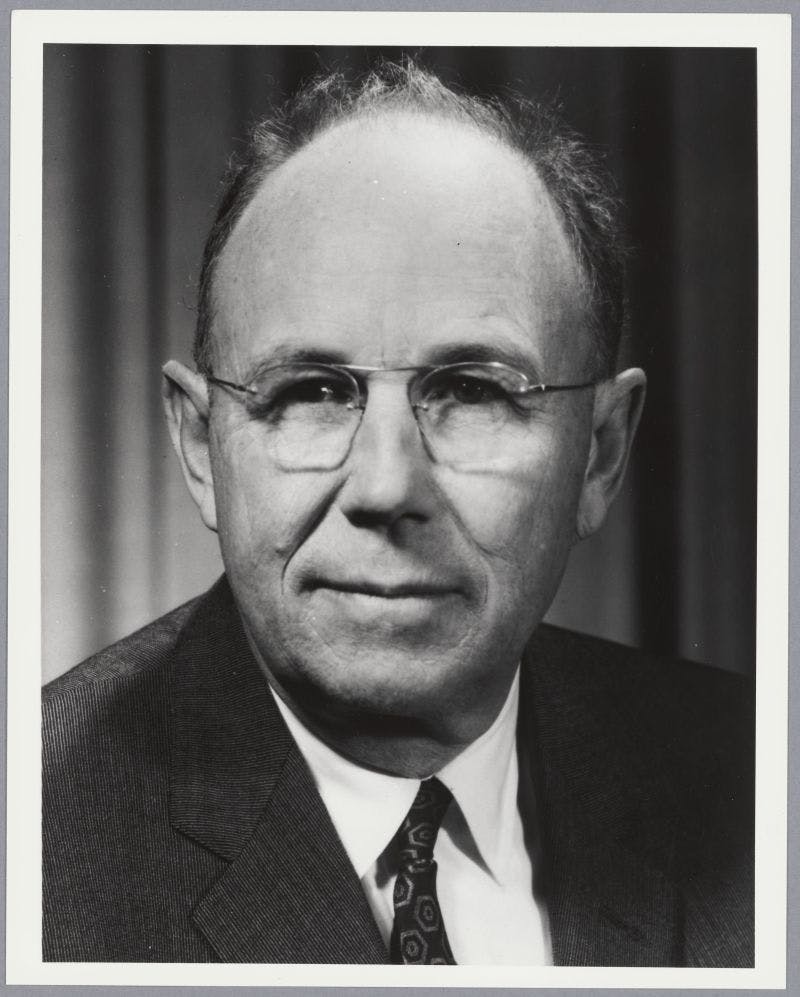
1903-1990; electrical engineer; professor
Harold Eugene Edgerton was born in Nebraska, on April 6, 1903. After he received his Bachelor of Science in Electrical Engineering in 1925, he accepted a one-year research position at General Electric in Schenectady, New York. He began his graduate studies at MIT in 1926, where he studied the problems of synchronous motors, in which the speed of the motor is the same as the frequency of the electric current running it. He was most interested in what happened when a sudden change, like the surge caused by lightning striking the power lines, reached the motor. He noticed that a tube he was using to send power surges to the motor flashed brightly as the power peaked. When the flash of the light synchronized with the motor’s turning parts, it made them look like they were standing still, allowing him to analyze them.
In 1931, he earned his PhD.; his doctoral dissertation included a high-speed motion picture of a motor in motion, made with a mercury-arc stroboscope. From 1931 onwards, Edgerton developed and improved strobes and used them to freeze objects in motion so that they could be captured on film by a camera. In the same year he developed techniques to use the strobe for ultra-high-speed movies.
Even before the stroboscope was available commercially, Edgerton, Germeshausen, and another of Edgerton’s students, Herbert E. Grier, were hired as consultants by a variety of industries. In 1931 alone, they turned the stroboscope light on printing presses and machinery that made boxes, watches, and paper. In each case, the stroboscope revealed problems that could not be seen and corrected without the flashing light that froze the machine’s motion.
Edgerton never thought to reserve the strobe for purely technical subjects. By the mid-1930s, he was photographing everyday phenomena; golfers swinging at a ball, archers letting the arrow fly, tennis players hitting a serve, water running from a faucet, milk drops hitting a plate, and all sorts of creatures in flight, from bats to hummingbirds to insects.
The three colleagues and friends Harold Edgerton, Kenneth Germeshausen, and Herbert Grier became an incorporated partnership in 1947 at the request of the Atomic Energy Commission. Now known as EG&G, Inc., they designed and operated systems that timed and triggered nuclear bomb tests.
Edgerton and his colleagues realized that to take still pictures of such a huge release of light, they would have to make exposures of shorter duration than had even been imagined. To solve this problem, they invented a camera they called the “rapatronic” (for rapid electronic). When light from the bomb hit the photocell in the camera, it triggered a mechanism that opened and then cut off the exposure in as little as two microseconds. By 1950, EG&G had perfected their ultra-high-speed techniques. They designed a camera shutter that had no moving mechanical parts, making possible photographs with an exposure time of from four- to ten-millionths of a second.
Edgerton enjoyed considerable success in academic, industrial, photographic, and artistic communities. Throughout his colorful life, however, he continued to teach – his lifelong delight. From 1927 until his death, Edgerton was a permanent member of the MIT faculty: first as a research assistant (1927), then as instructor (1928), assistant professor (1932), associate professor (1938), full professor (1948), institute professor (1966), and institute professor emeritus (1968). Although retired in 1968, he continued to work in the MIT stroboscope Light Laboratory and to teach the freshman course in stroboscope photography.

Maker - 1981.028.001
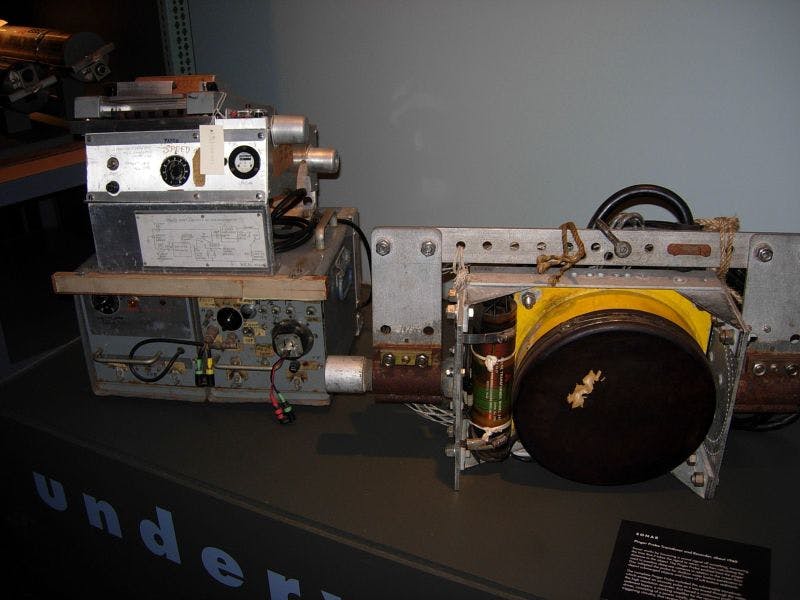
Artist/creator - 1983.010.001.1
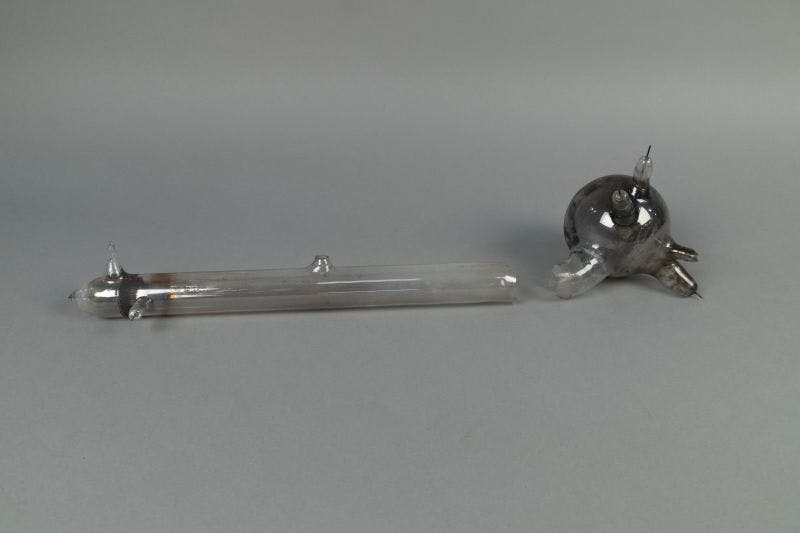
Maker - 1983.088.054

Maker - 1983.088.056
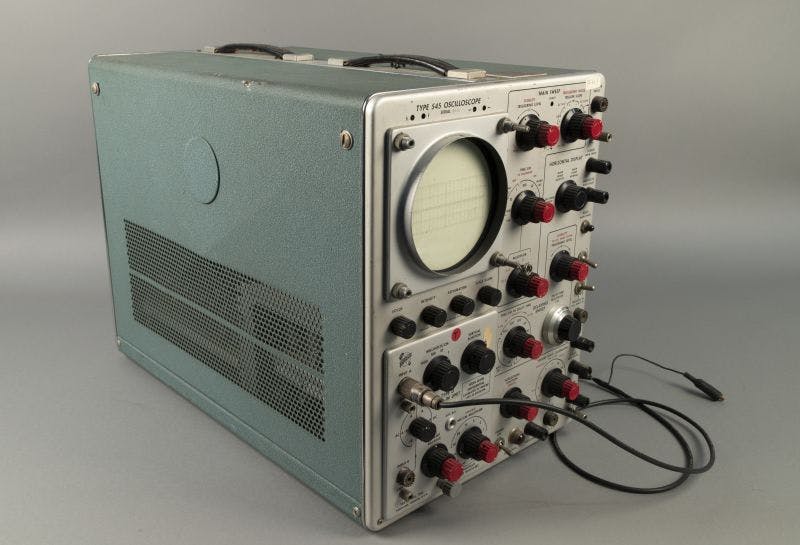
User - 1985.061.002

Maker - 1986.053.1232